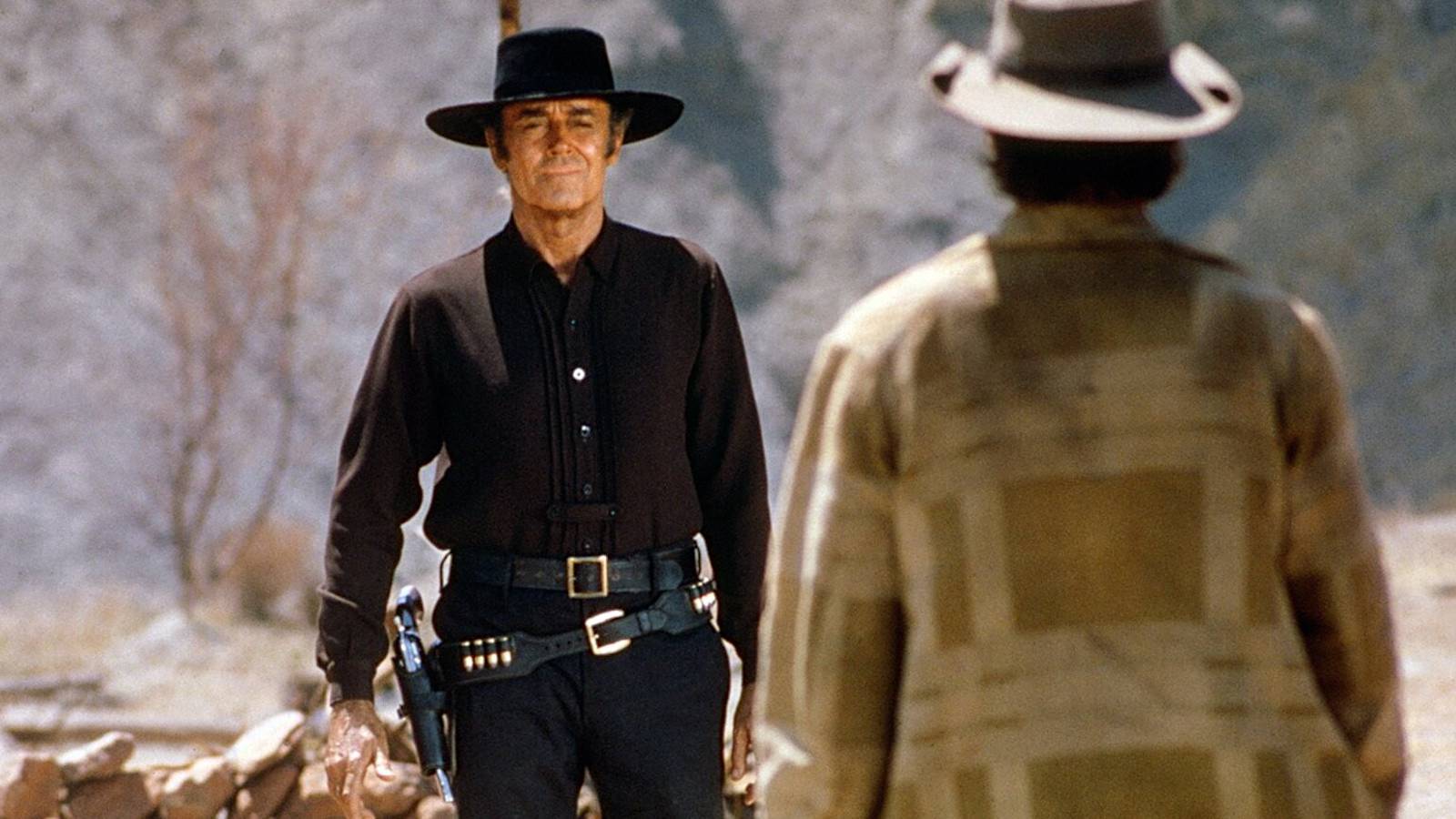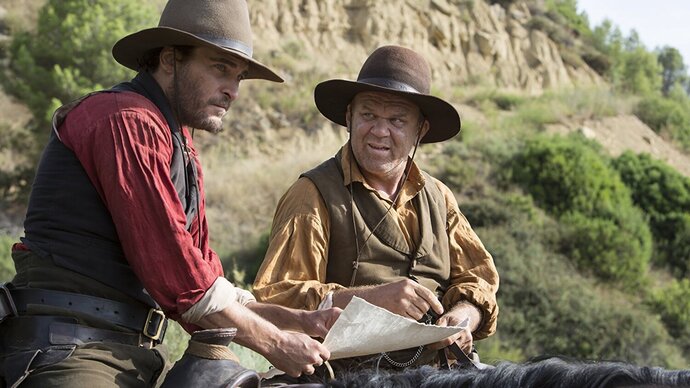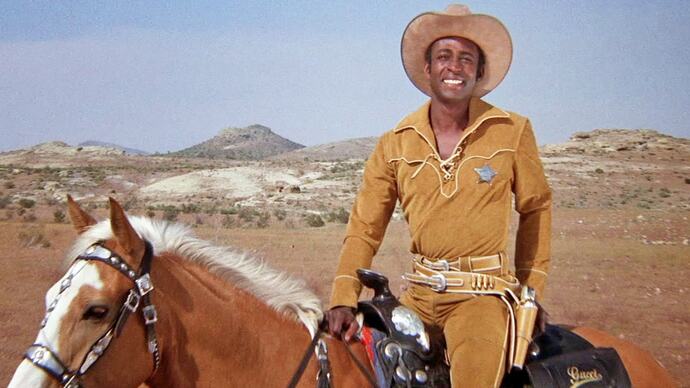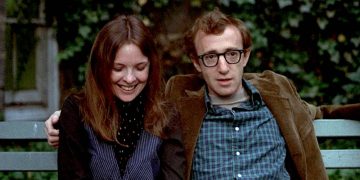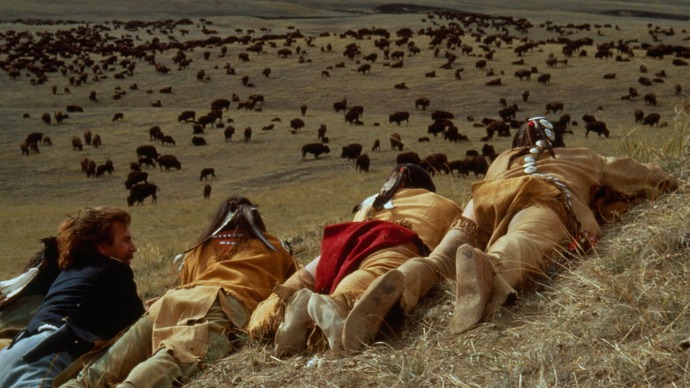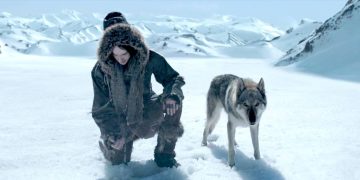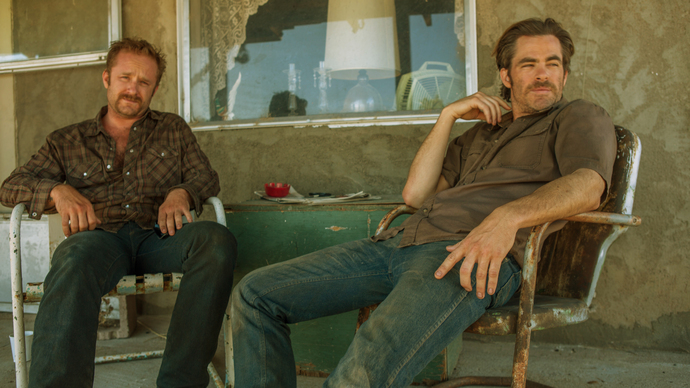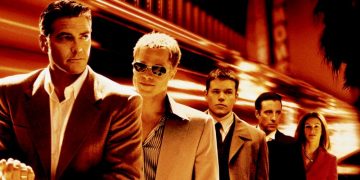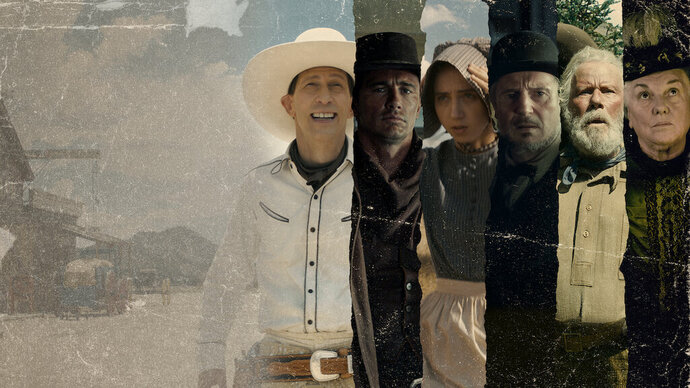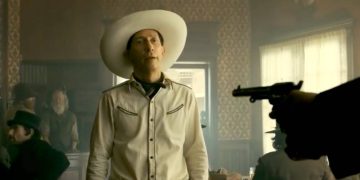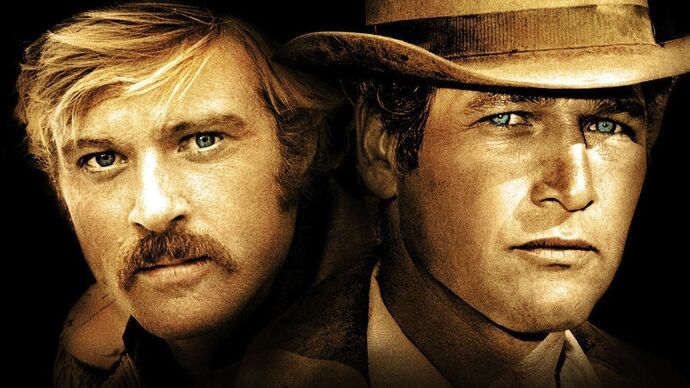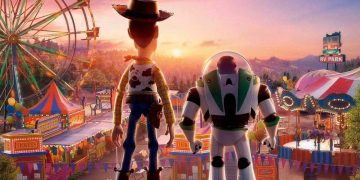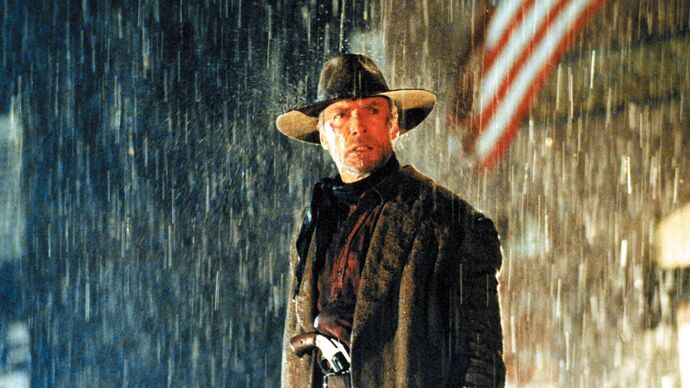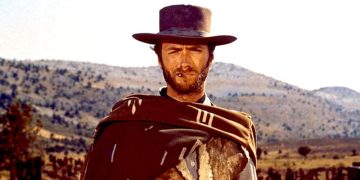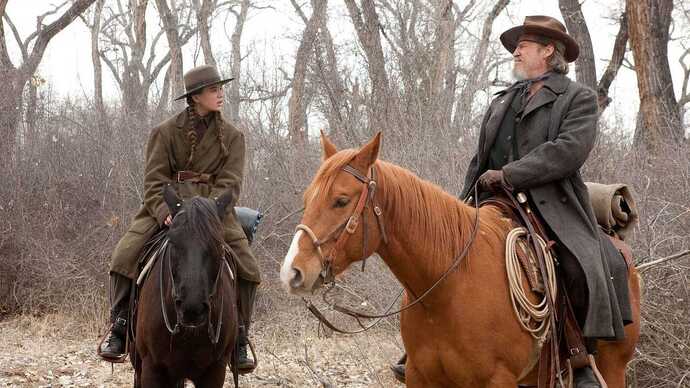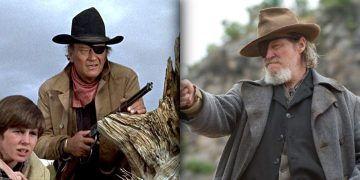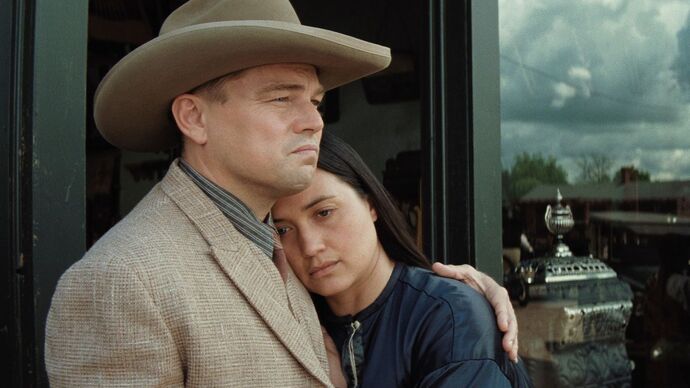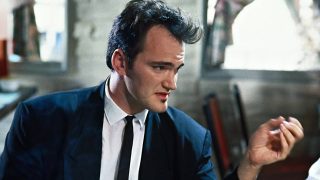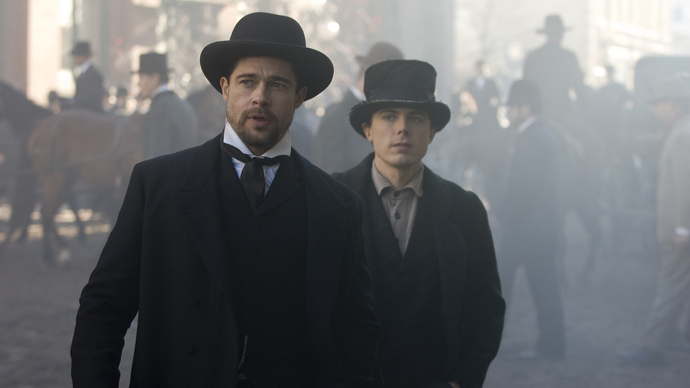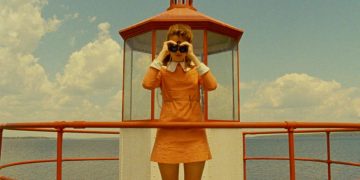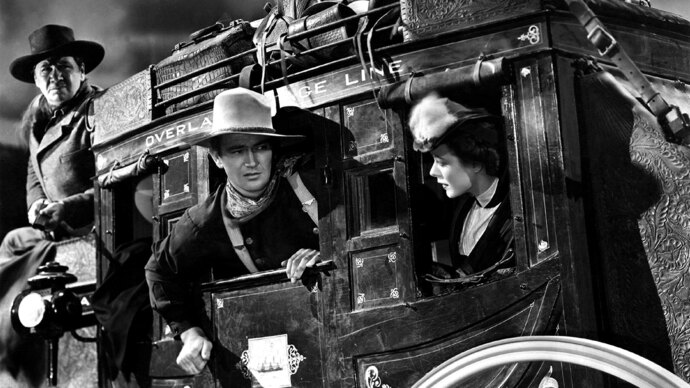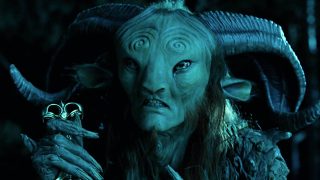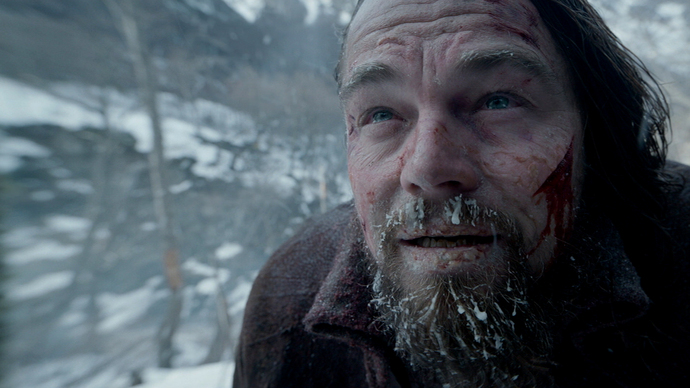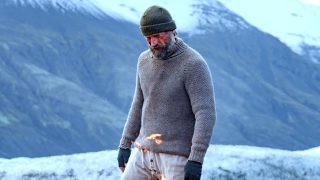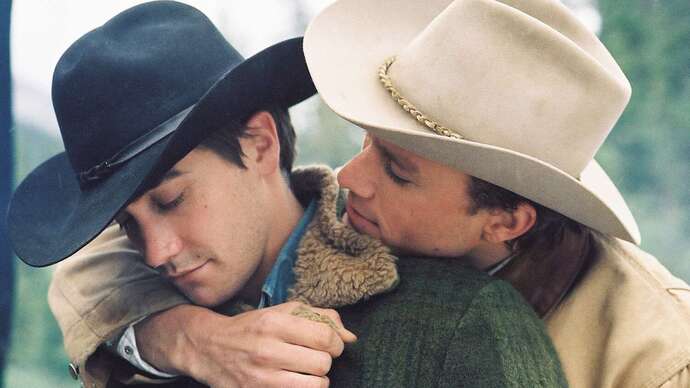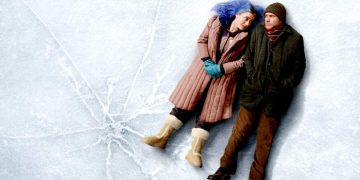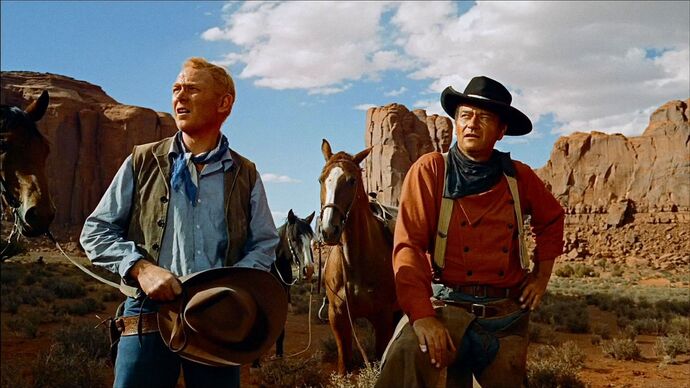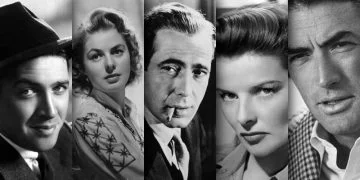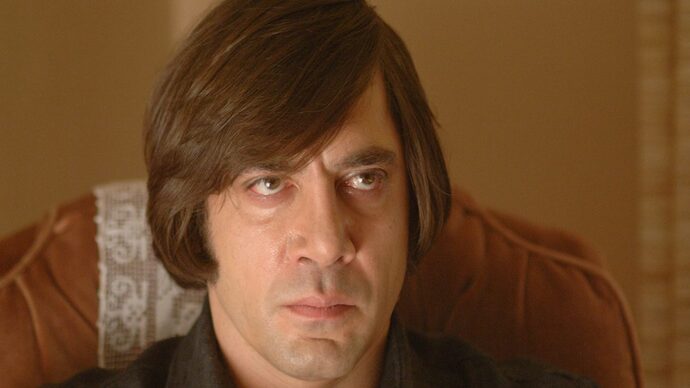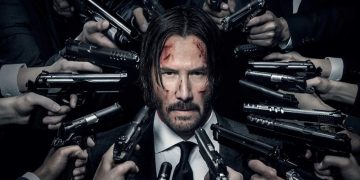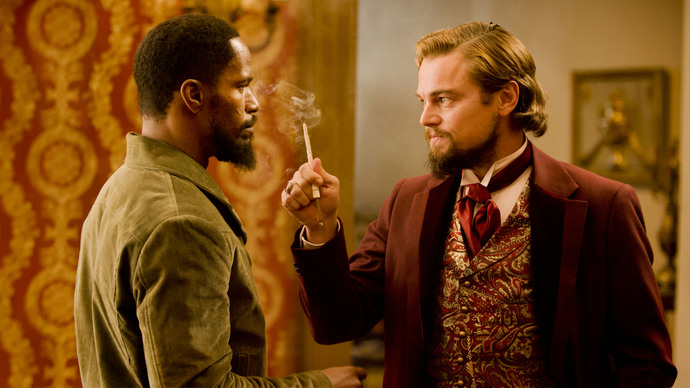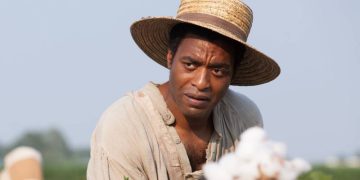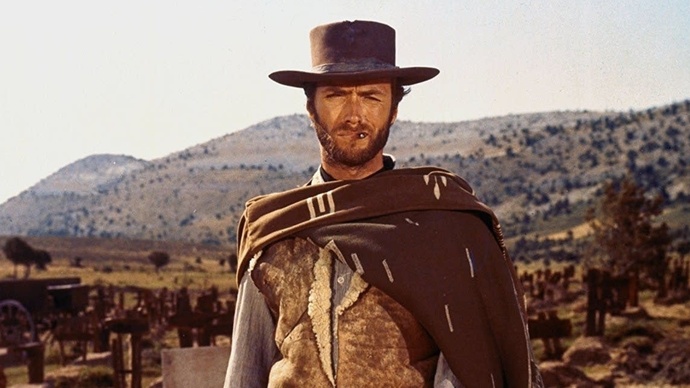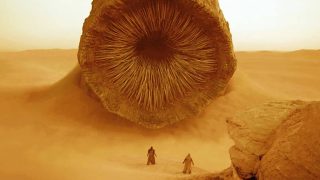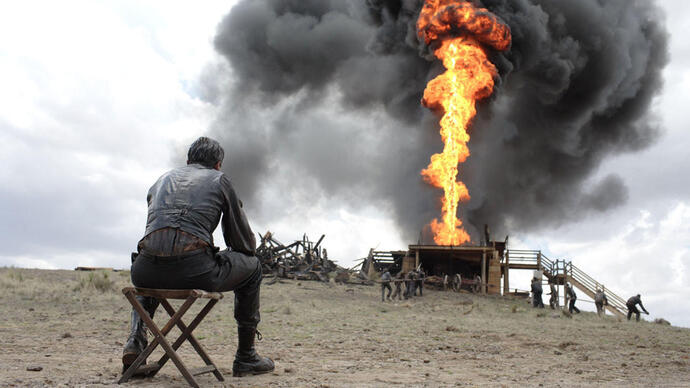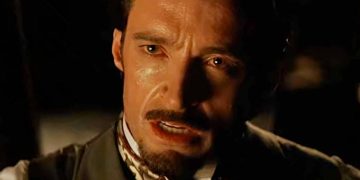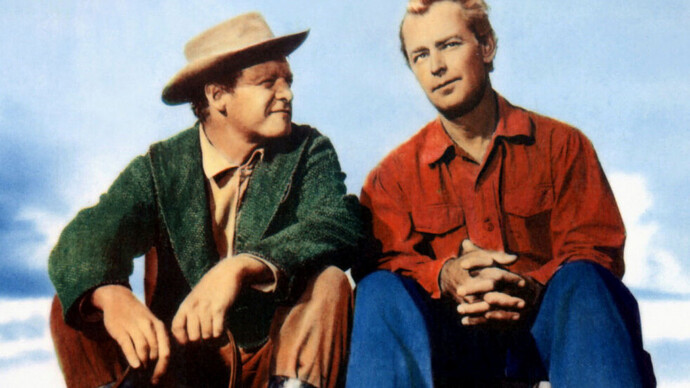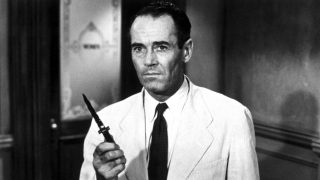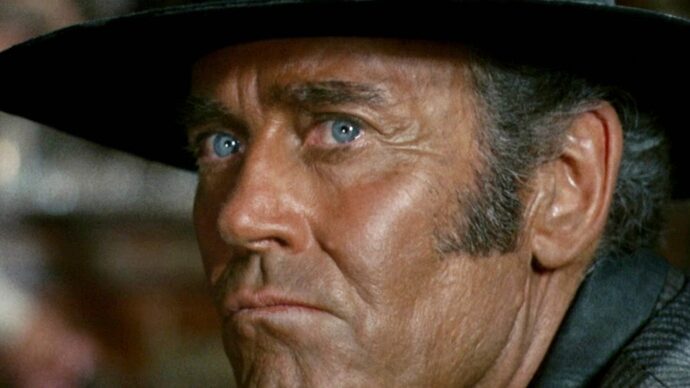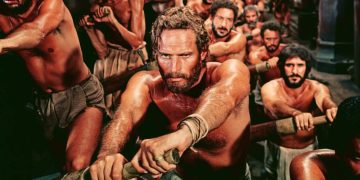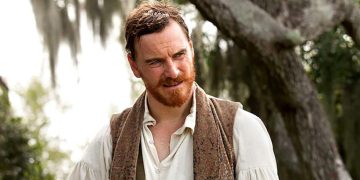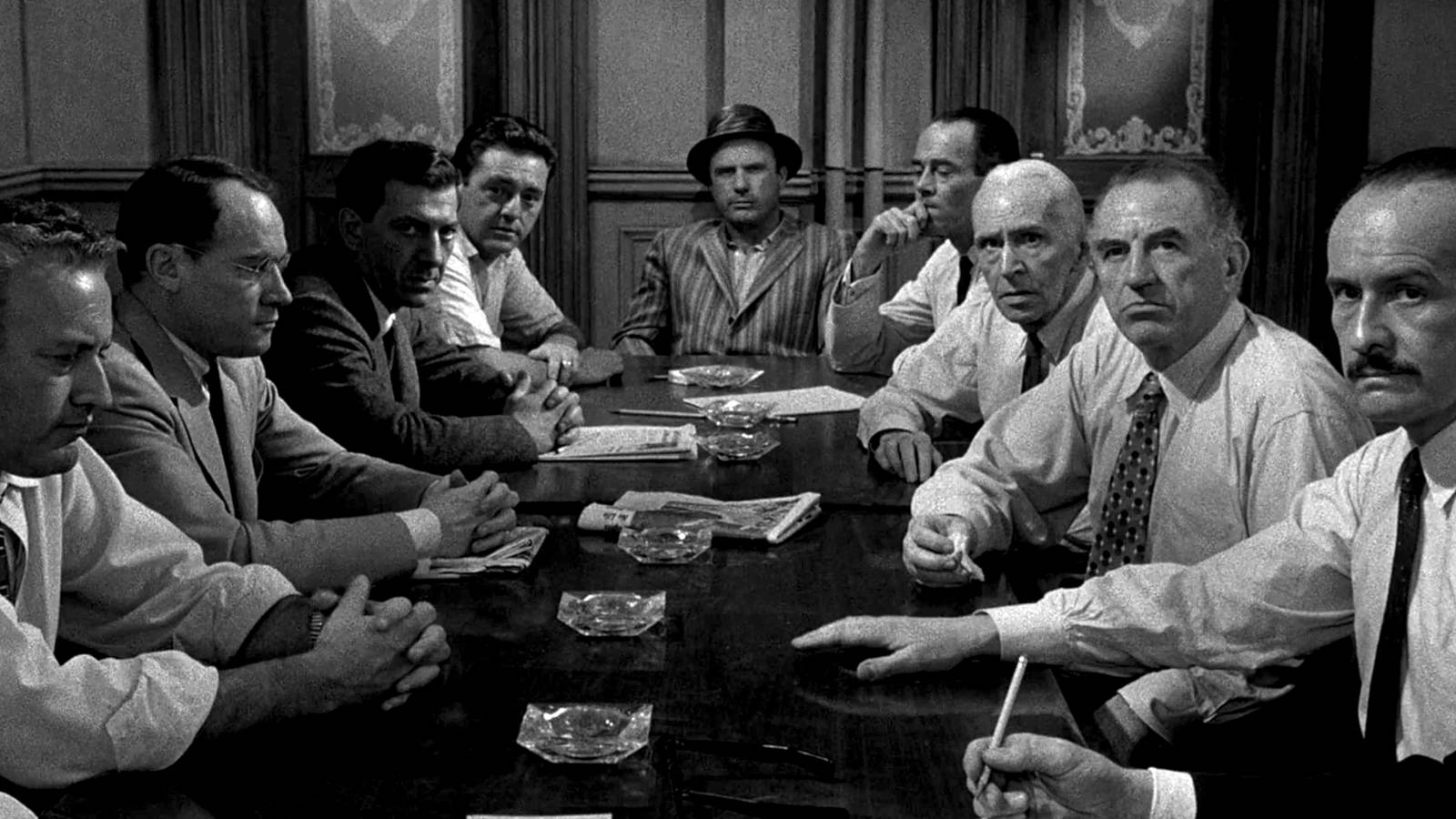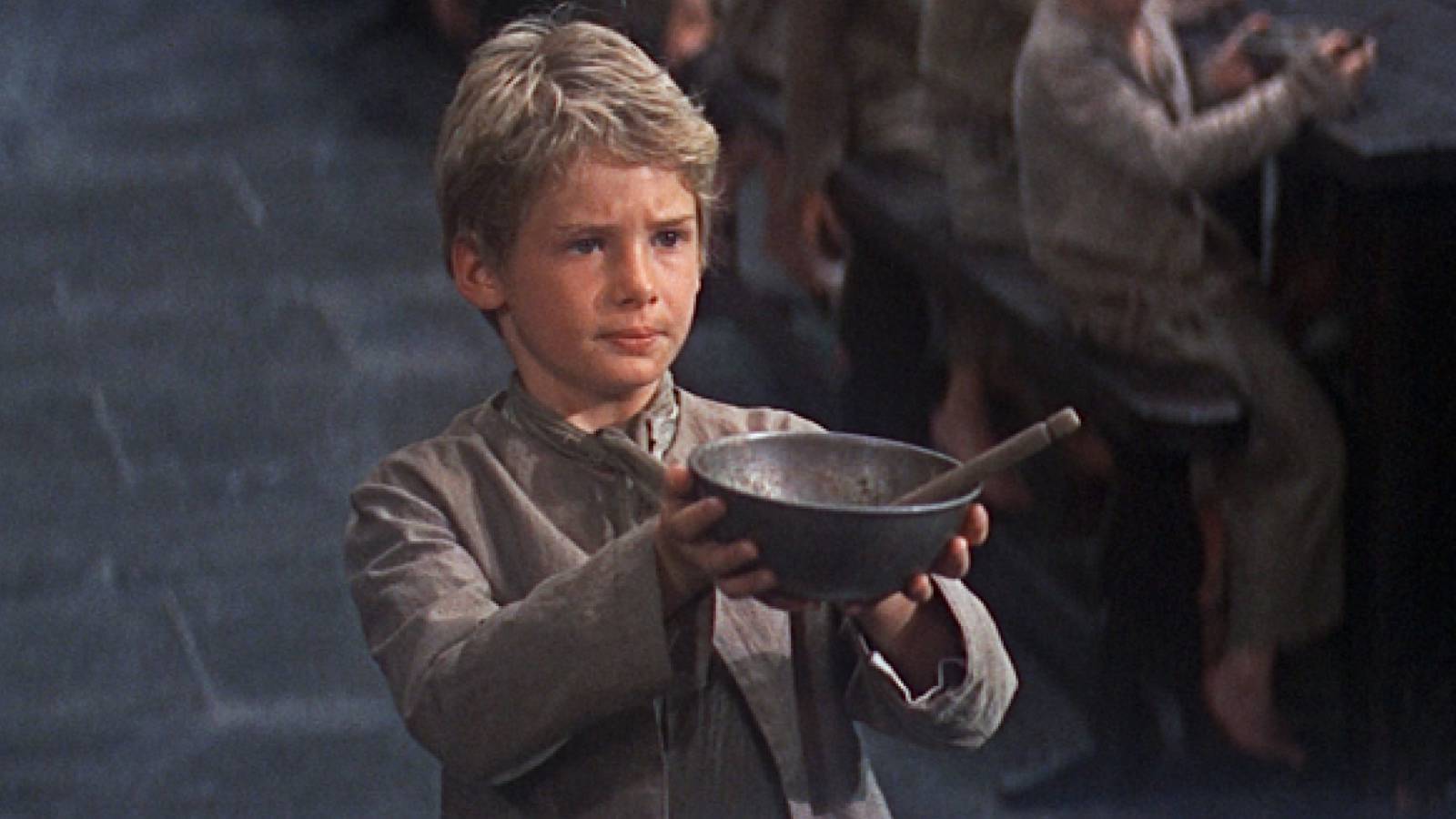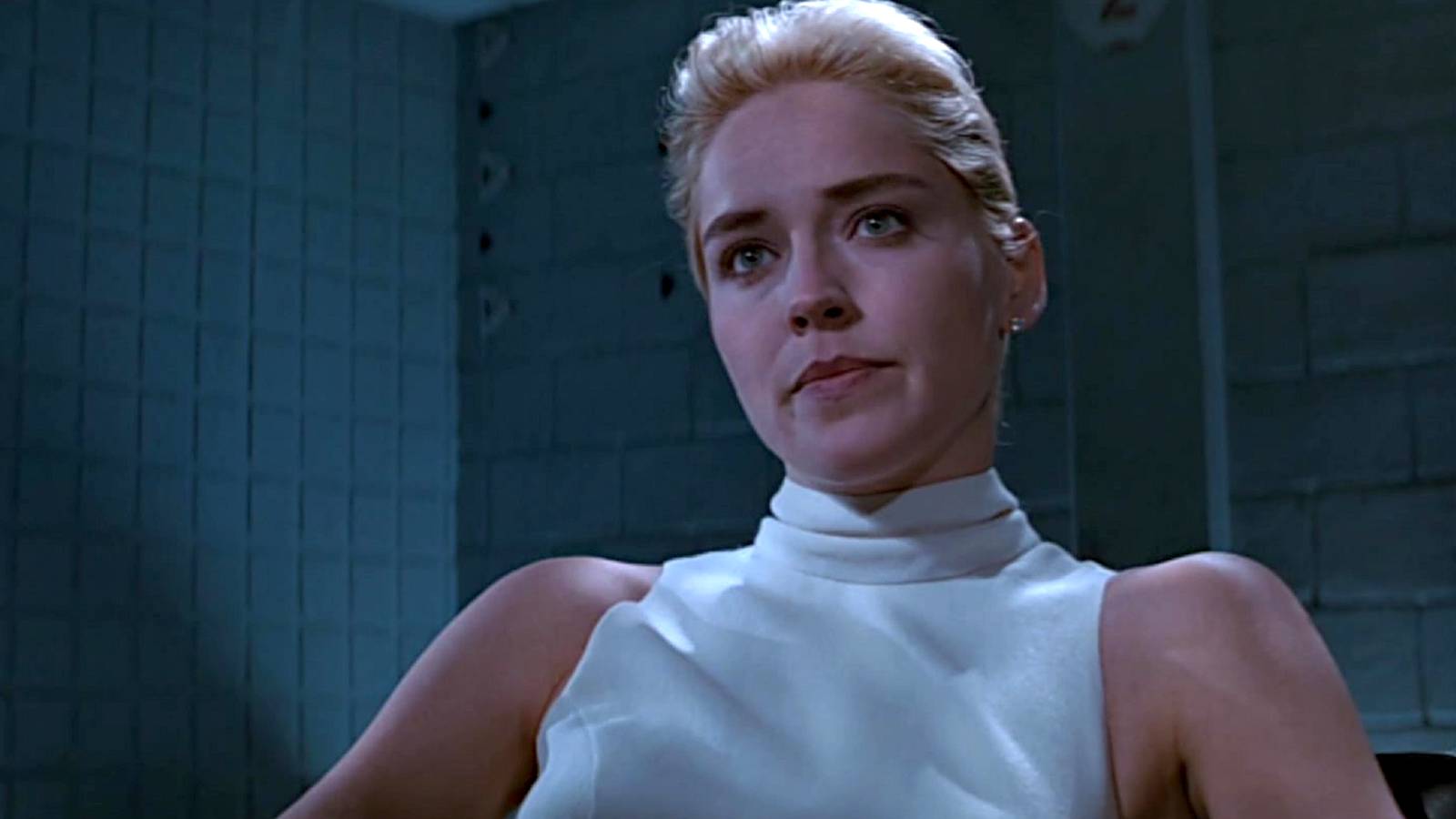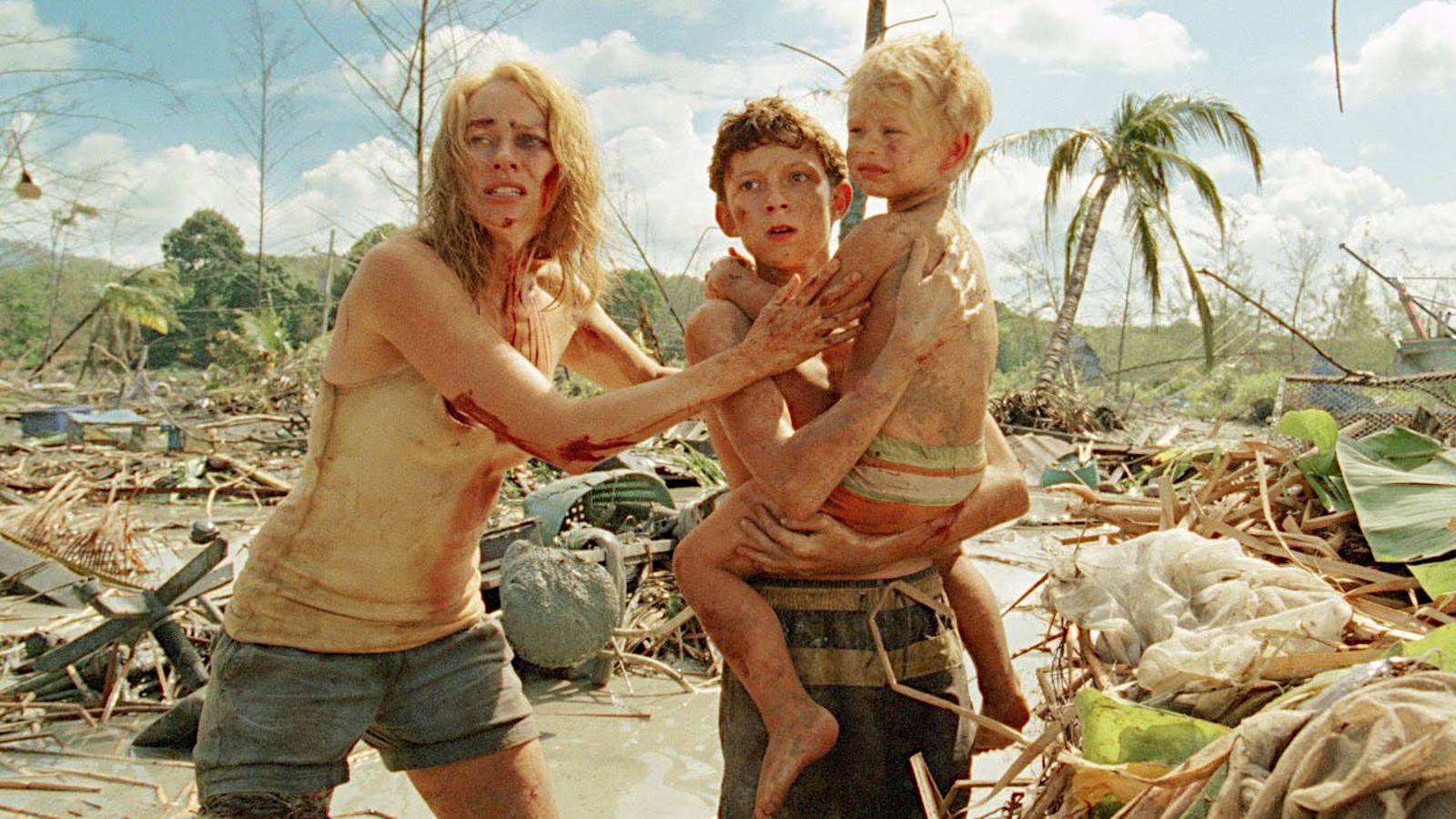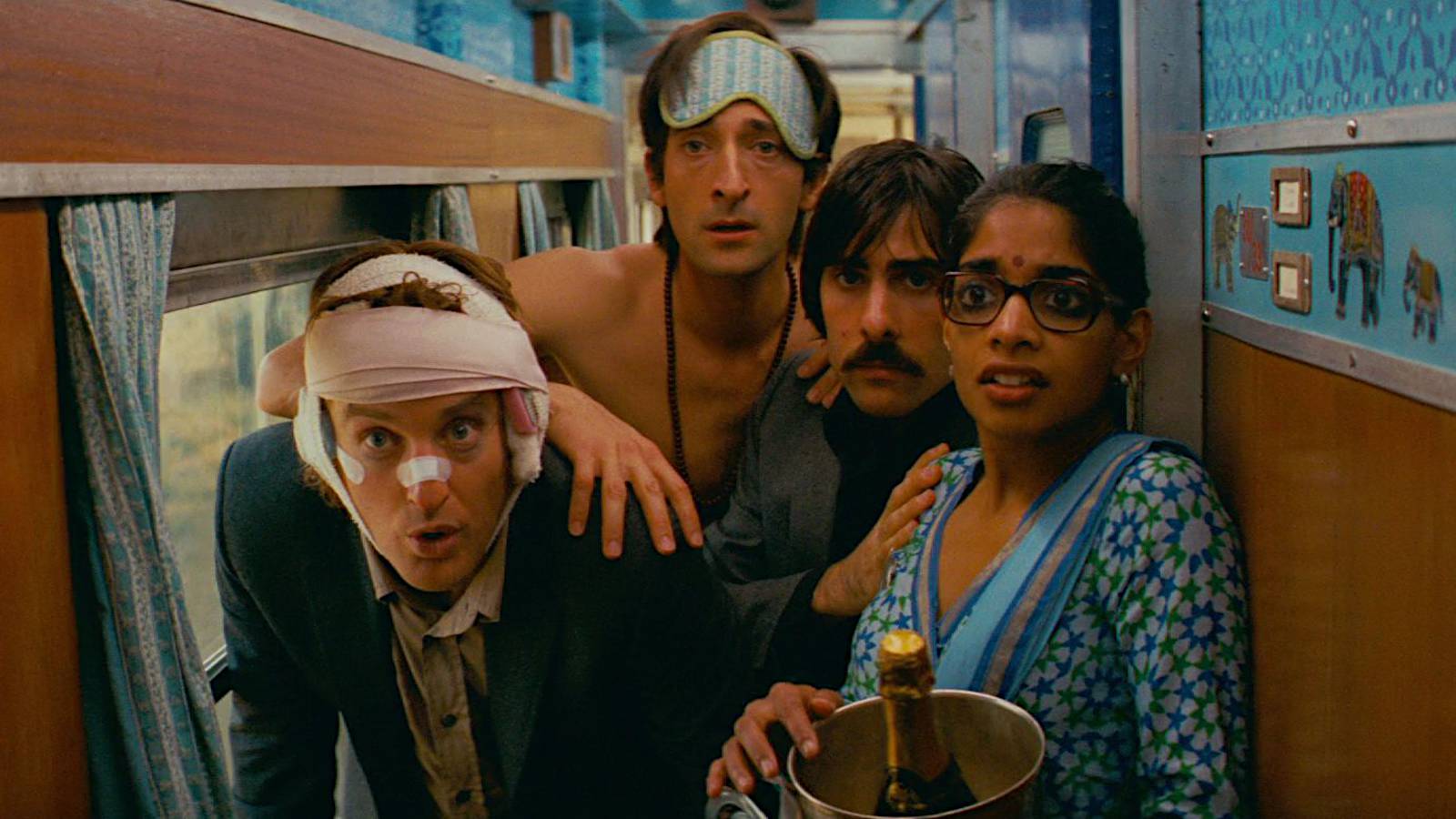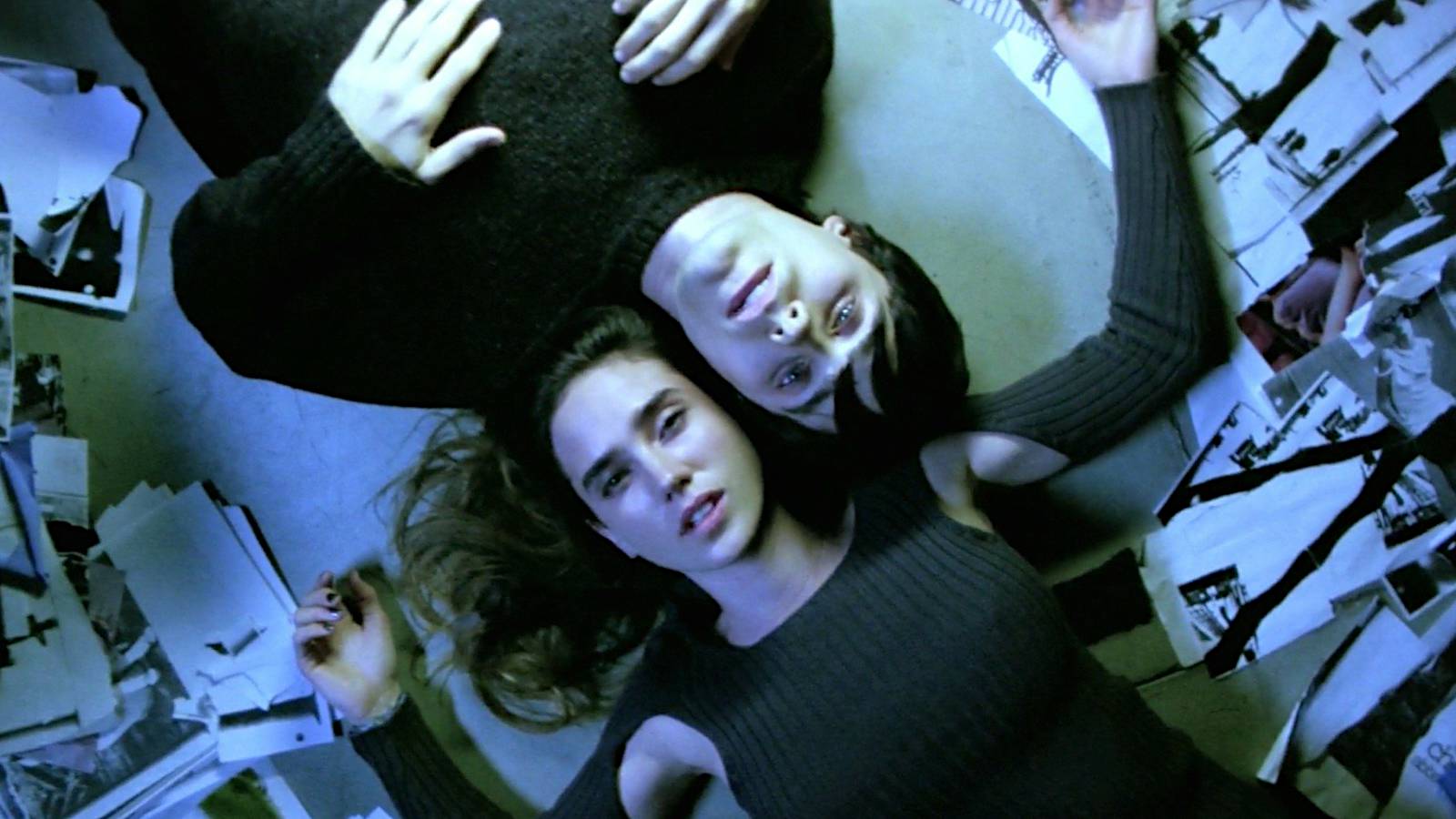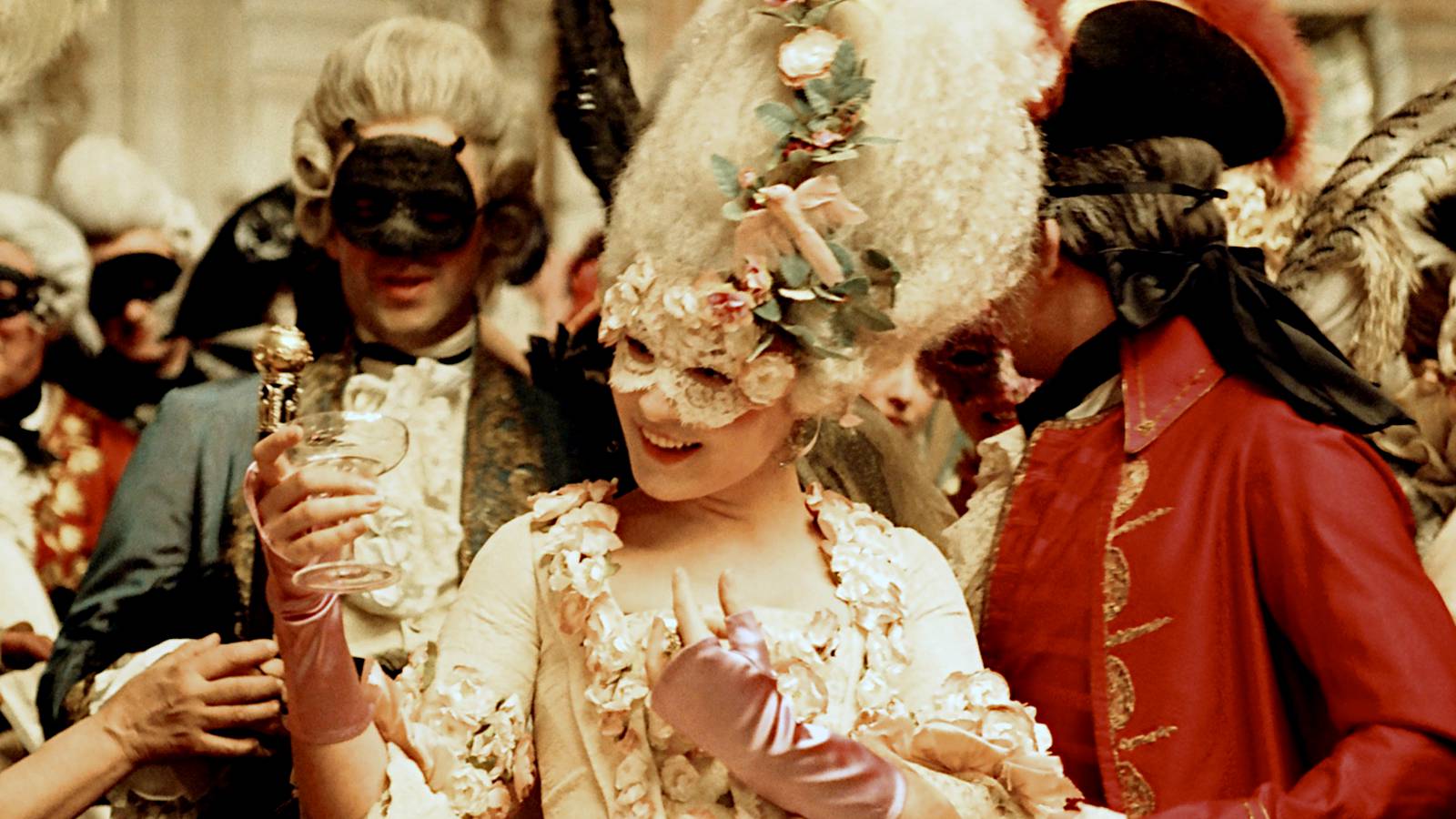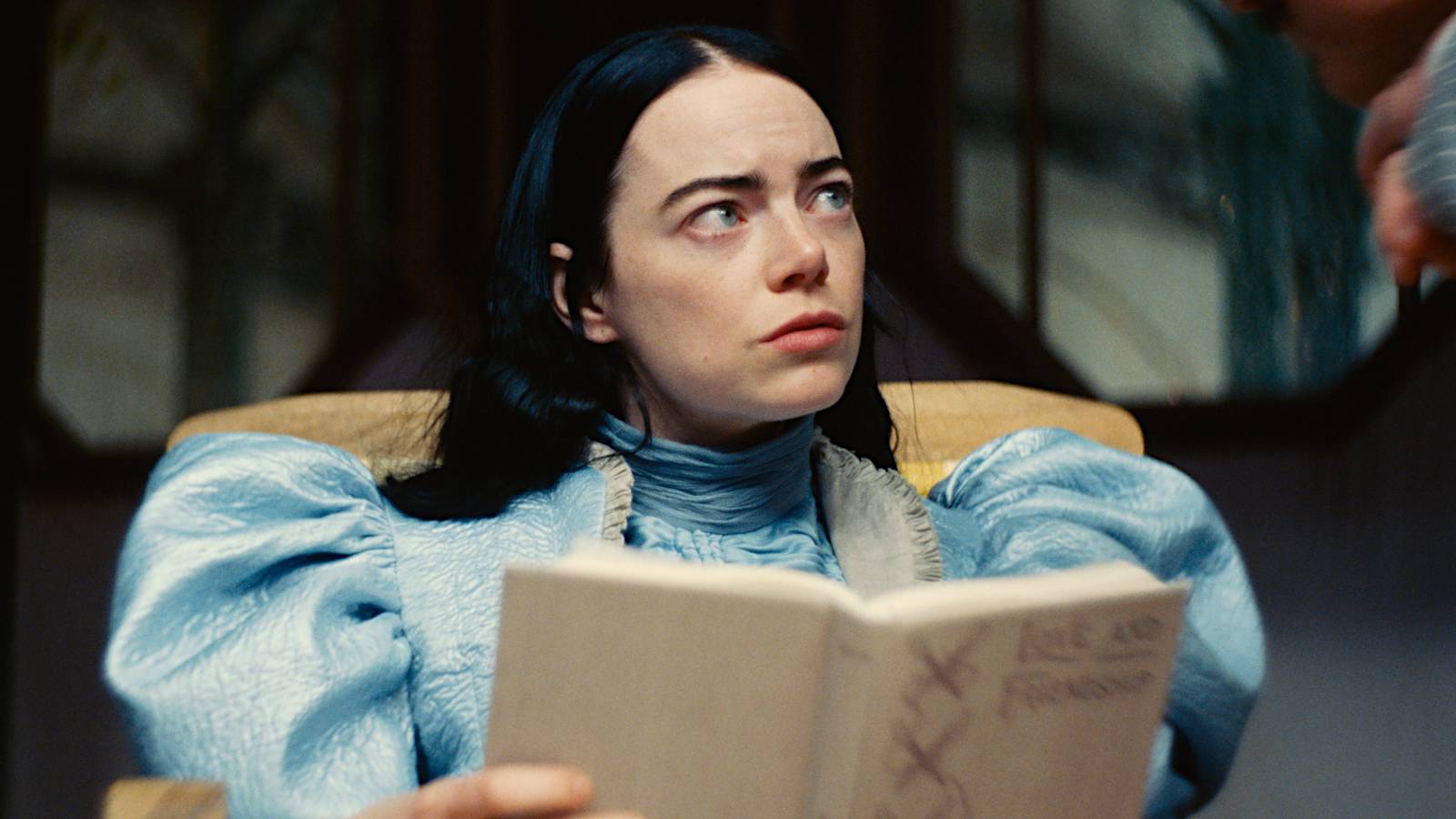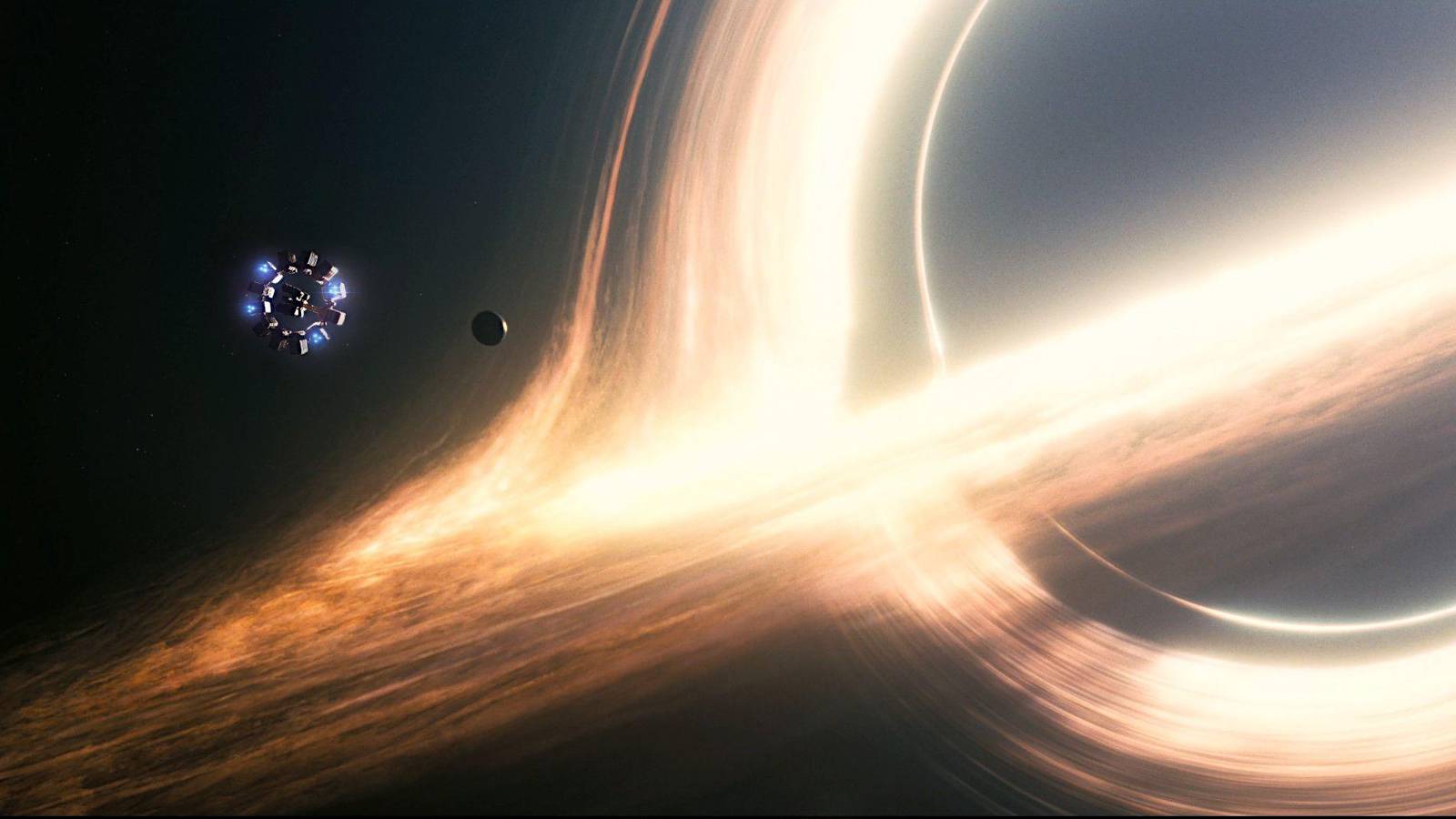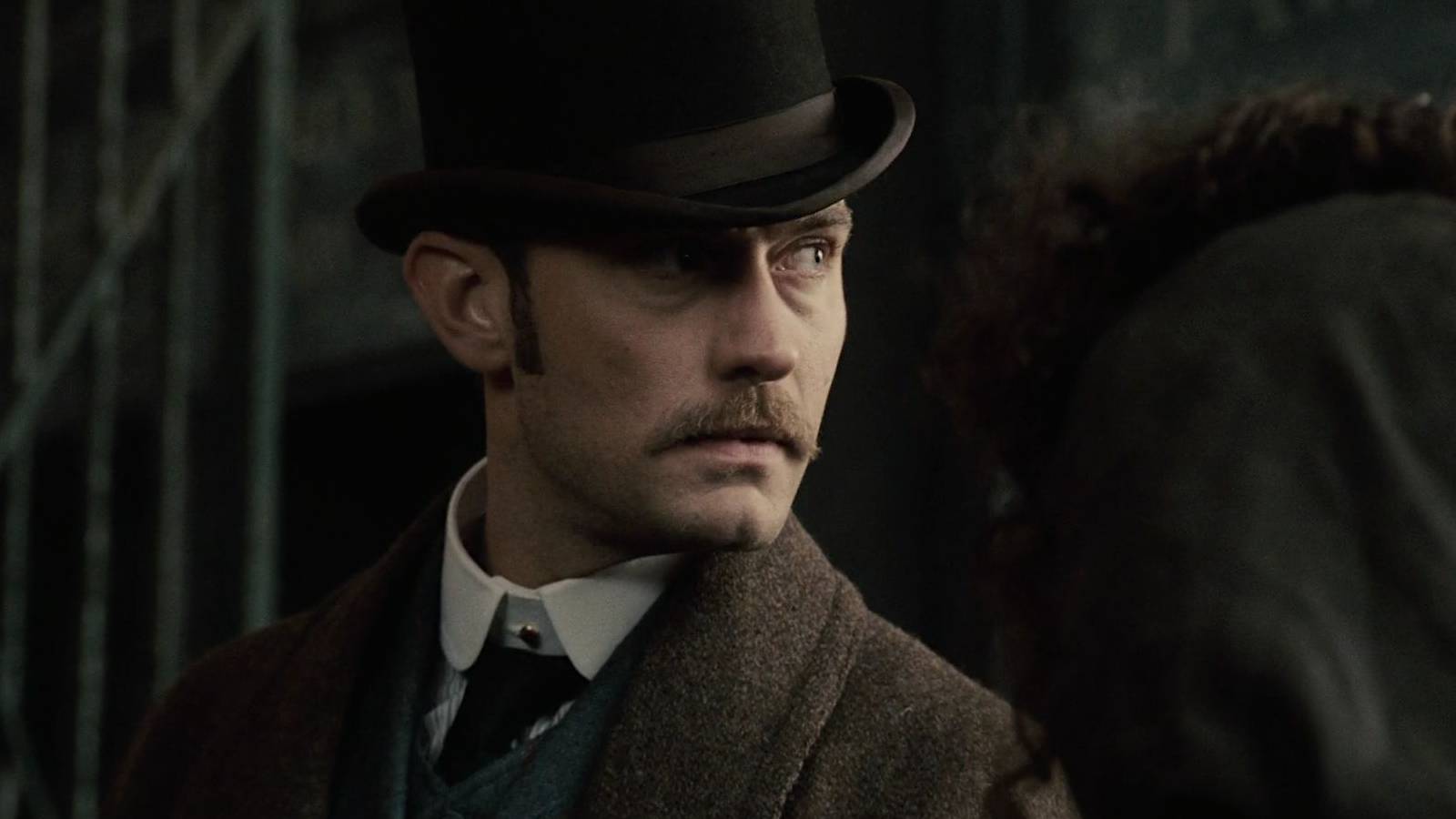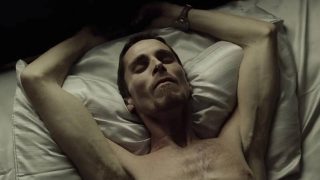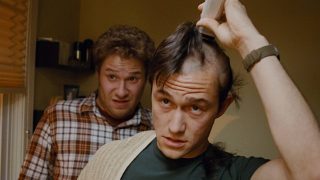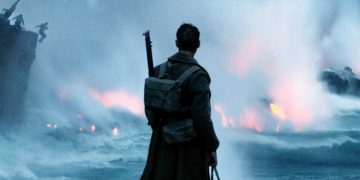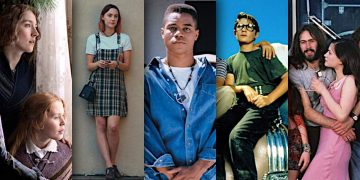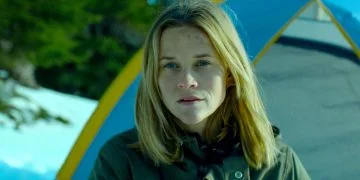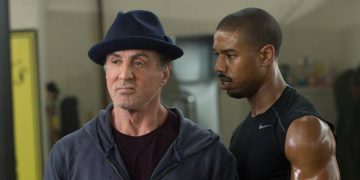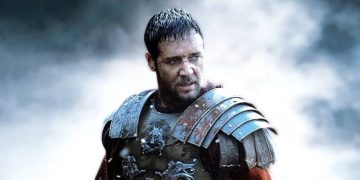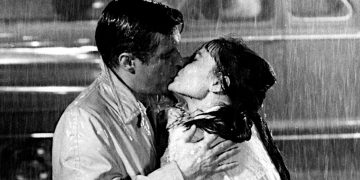20. The Sisters Brothers (2018)
The Sisters Brothersmay not be an Oscar-winning classic, but it’s a solid introduction to the Western genre for those who are unattuned. It’s modern, it boasts a familiar all-star cast, and it has a crowd-pleasing tone of humor, wit, and drama. Perfect!
Two hitmen brothers go on a quest to find two other men who are searching for a Gold Rush jackpot in 1851. Wagon trails, grizzly bears, and brothels await them on this journey before them.
The Sisters Brothersis a reliable pick for any Frontier film buff, who can rest assured that all the beloved tropes will be met. Plus, we’re treated to a surprisingly tender ending where the true meaning of the protagonists' lives boil down to the movement of a curtain in the breeze…
19. Blazing Saddles (1974)
Sometimes, the best way to understand the depths and nuances of a genre is to deconstruct it—and that’s exactly whatBlazing Saddlesdoes. It’s a lot like a deconstructed Michelin star cheesecake, except prepared by Mel Brooks, Cleavon Little, and Gene Wilder.
This classic movie from 1974 sets out on a mission of satire. It’s only goal is to mock the various tropes of the Old West. And even though it’s old by modern standards, the movie still holds up remarkably well.
The most interesting thing? WatchingBlazing Saddlesmay actually make you realize that Wild West movies aren’t so bad. In making light of the conventions, you see them in a different perspective… and you might even be sold on them (much to your grandpa’s delight).
Related:The Best Comedy Movies of the 1970s
18. Dances With Wolves (1990)
Dances With Wolveshas grown more complicated over the years, with viewers still debating its controversial depiction of Native Americans.
While Native portrayals during the “Golden Age of the Western” (1940 to 1960) tended towards racist stereotypes,Dances With Wolvessubverts the “White Savior” trope by having the Sioux tribe save the white Union Army Lieutenant (played by Kevin Costner).
That aside,Dances With Wolvesis rightfully criticized for being inauthentic to Lakota history. It doesn’t even bother to get the language right! I suggest watching it and making up your own mind, given that it was the first Western to win Best Picture in almost 60 years!
Related:The Best Movies About Wolves
17. Hell or High Water (2016)
What exactly is a neo-Western? If you aren’t versed in literary or cinematic jargon, “neo” simply means new or revived. So, neo-Western films take traditional Western themes and place them in contemporary settings. Say, modern-day Texas?
Instead of classic train robberies, the antiheroic Howard brothers (played by Chris Pine and Ben Foster) carry out bank heists to save their family ranch inHell or High Water, all while being pursued by a Texas Ranger (played by Jeff Bridges).
Hell or High Wateris a critically acclaimed harmony of hot-action thrills blended within a slow-burning character study, shot through a contemporized Western lens.
Related:The Best Heist Movies
16. The Ballad of Buster Scruggs (2018)
The Ballad of Buster Scruggsis a compilation of six short films that are chain-linked into one superb anthology, resulting in a film experience that gives you a real bang for your buck.
An unusual approach for a mainstream Netflix movie, these mini-vignettes are all connected by their Western settings, rolling out across New Mexico, Oregon, and Colorado.
Singing cowboys, limbless theater actors, and literal gold diggers make up this quirky barrel of Frontier fun, directed by the idiosyncratic Coen brothers and starring Tim Blake Nelson, Clancy Brown, James Franco, Brendan Gleeson, Zoe Kazan, Liam Neeson, and more.
Related:The Best Anthology Movies
15. Butch Cassidy and the Sundance Kid (1969)
The Old West was filled with robbers, criminals, pranksters, and gunslingers—like Billy the Kid. About a decade after young Bill was shot to death, Butch Cassidy was leading the Wild Bunch (an early, somewhat-organized crime unit) in the Bighorn Mountains.
Harry Longabaugh, also known as the “Sundance Kid,” was a member of the train-robbing gang, who all fled to Bolivia out of the belief that it was an Eden for thieves. (It wasn’t.)
George Roy Hill brings us a fictionalized version of events surrounding the infamous bandits as they run from the law, starring Paul Newman and Robert Redford for assured Academy Award success.
Related:The Best Character Duos in Movies
14. Unforgiven (1992)
Clint Eastwood isn’t just a towering figure of the Wild West, but the most recognized actor/director of the genre. (Barring John Wayne, of course.)
Eastwood has played a role in the making of 15 different Westerns, including the psychological Civil War dramaThe Beguiledin 1971 and the cheesy musicalPaint Your Wagonin 1969.
Unforgivenmay have been late to the Western boom, but it’s widely considered to be one of Eastwood’s top three movies, which he directed, produced, and starred in to the count of four Academy Awards.
Unforgiventakes the retired-criminal-returning-to-the-game narrative and deprives it of the Hollywood Western glam, resulting in a stark examination of violence in the Old West.
Related:The Coolest Movie Cowboy Characters
13. True Grit (2010)
The Coen brothers are clear fanboys of the Old West given their filmography, and only they could remake the classic John Wayne flickTrue Gritand do it justice. Or even surpass it!
Jeff Bridges once again saddles up for a trek across Texas, and he’s still planted firmly on the right side of the law (though, admittedly, he’s the meanest fed around these parts). Rooster Cogburn is a US Marshal who’s hired by 14-year-old girl Mattie to catch her daddy’s killer.
Both Mattie (played by Hailee Steinfeld) and Rooster use their headstrong grit to catch Lucky Ned Pepper in the Indian wilderness, turning the distressed teenage damsel into a strong female lead.
Related:True Grit Movies, Compared: 1969 Original vs. 2010 Remake
12. Killers of the Flower Moon (2023)
Now that the Wild West craze has died down, few Frontier features make it to the box office. But with Martin Scorsese directing, you know a film is going to be a hit no matter the current demand for the genre.
Proving that he reallycandirect anything—not just mafia gangster flicks—Martin Scorsese’s first Western film is speculated to be the last big Western in Hollywood for a long time. Fortunately, it was great (even if it was snubbed out of 10 Oscar nominations).
Leonardo DiCaprio is no stranger to Westerns, sliding on some fake teeth to play the weak and gullible family man Ernest Burkhart. Based on a real guy, it’s unclear whether Ernest was aware that his wife was being poisoned as part of the Osage Indian mass murders in Oklahoma, but Martin Scorsese suggests he was…
Related:The Best Director Cameos (Appearing in Their Own Movies)
11. The Assassination of Jesse James By the Coward Robert Ford (2007)
And the award for longest film title goes to… not this one, actually. The movie with the longest title was 38 words long and directed by James Riffel, butThe Assassination of Jesse James By the Coward Robert Fordis still quite a mouthful.
The epic revisionist Western paints an artsy stroke onto the staunchly conventional Hollywood genre, which you might have guessed would happen from its unusually artsy title.
Based on the novel—which itself is based on a true story—Andrew Dominik’s drama shows the complicated relationship between guerrilla leader Jesse James (played by Brad Pitt) and his obsessed follower Robert Ford (played by Casey Affleck).
Abstract, original, and character-driven, the film was hailed for its mesmerizing cinematography and poetic narration.
Related:The Best Movies With Stunning Cinematography
10. Stagecoach (1939)
Artistically influential as well as a commercial milestone,Stagecoachis the Western that triggered the Western genre. Long before John Wayne established himself as the Western icon, another John was establishing the genre itself: John Ford.
Director ofMy Darling ClementineandThe Man Who Shot Liberty Valance, John Ford was the first “auteur” director and he shot the first of many Westerns in Monument Valley forStagecoach.
Questionable Native American representation aside,Stagecoachunravels over the course of a journey from Arizona to New Mexico, during which four strangers get to know one another.
Somehow, not only didStagecoachset the pitch for Wild West movies, but it also eclipsed the genre before it even began!
Related:The Most Famous Movie Directors (And Their Cinematic Styles Explained)
9. The Revenant (2015)
The Revenantlooks a little different from most Westerns because you don’t have the creaky saloon doors and sandy village roads with gunslingers shooting at the feet of victims to make them dance.
Instead, inThe Revenant, there’s snow everywhere and and Leonardo DiCaprio’s beard is frozen stiff with icicles as he plays the real-life frontiersman Hugh Glass in 1823.
Fighting off bears, enemies, starvation, and frostbite, Hugh Glass must traverse the unforgiving ice caps of South Dakota. Not only that, he also has links to a Native American tribe, haunted by the spirits of his Pawnee family (which he welcomes on his lonesome journey).
Related:The Best Movies Set in the Snow and Ice
8. Brokeback Mountain (2005)
Gay cowboys are a huge LGBTQ+ archetype, mainly because of their over-the-top machoism and tendency to work alongside each other… alone. There’s even a whole song called “Cowboys Are Frequently, Secretly Fond of Each Other.”
That said, as widespread as the archetype is,Brokeback Mountainis the only real gay cowboy movie in mainstream cinema.
Jake Gyllenhaal and Heath Ledger star as the denim-wearing men-of-few words who must hide their affair in the Wyoming mountains while getting married and having kids per society’s expectations.
Passionate, heartbreaking, and a huge milestone for queer cinema,Brokeback Mountainis a tender tale of love and masculinity. (For more of this vibe, check out the recent short filmStrange Way of Life, starring Ethan Hawke and Pedro Pascal. Yee-haw!)
Related:The Most Emotionally Devastating Movies
7. The Searchers (1956)
The Searchersis not only a Western landmark, but also an incredible, finely tuned piece of cinematic craftmanship that influenced the industry forever. WhatCitizen Kanedid for deep focus,The Searchersdid for framing—and it’s feverishly studied as a masterclass in storytelling.
However, the John Wayne ranger-hunter classic can’t be separated from its context. The whole Western genre is born (as filmmaker Joshua Oppenheimer once said) from a history of genocide, andThe Searchersis a particularly potent example of this.
The Searcherspresents a “savage” Native American stereotype (similar to whatThe Birth of a Nationdid for African-Americans) and for that it has to be knocked down several pegs from number one.
Related:The Best Hollywood Golden Age Actors
6. No Country for Old Men (2007)
It’s Joel and Ethan Coen again with yet another entry on this list, coming out well ahead ofThe Ballad of Buster Scruggs.
Despite being just some guy with a dodgy haircut and few words, Anton Chigurh (played by Javier Bardem) is one of the most intimidating villains in cinema. Chigurh isn’t out to destroy the world, but heiskilling strangers with a captive bolt pistol, straight-faced and with little reason.
The Coens give equal weight to the desert plains of the American Frontier and the violent, cowboy-hatted characters that occupy it.No Country for Old Menis a truly tense, unforgiving neo-Western book adaptation that refuses to rush itself.
Related:The Best Movies About Hitmen
5. Django Unchained (2012)
Quentin Tarantino is known for having skipped film school and learning everything about the craft by watching movies.
This inevitably included watching Westerns, which clearly had an influence on him, especially inDjango Unchained. (He’d later try again withThe Hateful Eight, but that one flopped by comparison. His first stab at the genre is undoubtedly his best.)
Most Westerns gloss over the fact that slavery was thriving across the South at the time, butDjango Unchainedputs a spotlight on plantation brutality when Django (played by Jamie Foxx) is literally unchained, taken in by a German bounty hunter (played by Christoph Waltz), and wreaks revenge on the white man (played by Leonardo DiCaprio).
Related:The Best Movies About Slaves and the Slave Trade
4. The Good, The Bad and The Ugly (1966)
The term “Spaghetti Western” was born during the genre’s heyday, when Italian filmmakers took on the American Frontier and imbued it with excessive violence and distinct camerawork.
The subgenre is mostly thought of in conjunction with Sergio Leone, who directed the first Spaghetti Western in 1964 withA Fistful of Dollars, starring Clint Eastwood.
That was followed up by Leone’sThe Good, The Bad and The Ugly, which was actually a chronological prequel that succeeded so well that it became the iconic symbol of the Western film.
The extreme eye close-ups in the tense lead up to a climactic pistol duel was also turned into a Western trope (and later a cinematic convention), which can be traced back toThe Good, The Bad and The Ugly.
Related:The Best Desert Movies Set in Dry and Barren Wastelands
3. There Will Be Blood (2007)
Many have heard thatThe Good, The Bad and The Uglyis Quentin Tarantino’s favorite film, but he also lovesThere Will Be Blood! Paul Thomas Anderson is the bold and meticulous epic filmmaker who chopped, sanded, and polishedThere Will Be Bloodlike a true auteur.
The Western genre has strict conventions, but it’s often the deviant movies that break out and stand above the rest. (“Learn the rules like a pro, so you can break them like an artist,” as Picasso once put it.)
To that end,There Will Be Bloodexchanges end-to-end butchery and valiant, Old-American cowboy heroes for a milkshake-thirsty antihero and a 15-minute opening that’s devoid of dialogue.
Daniel Day-Lewis and Paul Dano both give tour-de-force performances, going head-to-head as oilman and priest in 1890s California.
Related:The Best Movies About Obsession, Ambition, and Fixation
2. Shane (1953)
In this day and age, people are more likely to have watchedX-Menthan any classic Western. But if you’ve seenLogan—arguably the bestX-Menfilm even though it’s technically a spin-off—then you might have wondered whatShanewas all about.
The recurring motif ofShaneinLoganwas employed as a narrative mirror of the stranger-turned-father-figure trope. The code of the lonely American outlaw with a compromised moral compass. The sentiment of sacrifice. These aren’t just themes shared by both films, but prevalent ideas in the Old West itself.
Shaneis not only a visual treat, but a bittersweet heartwarmer about a wandering gunslinger (played by Alan Ladd) who eventually finds his lost sense of home, directed by George Stevens.
Related:The Best Movies of the 1950s
1. Once Upon a Time in the West (1968)
People frequently argue about which Western film is the greatest of them all. And sure, the discussion might be moot because taste is subjective… but there’s a reason whyOnce Upon a Time in the Westis so widely considered to be the unmatched winner.
Directed by Sergio Leone, this epic Spaghetti Western marked the perfect close to the Western’s golden era as it tells a legendary tale of mysterious hitmen, fugitives, and railroad barons fighting over land in Arizona.
Sergio Leone chased it down with a Prohibition-themed gang film sequel calledOnce Upon a Time in Americathat you’d be forgiven for thinking was directed by Martin Scorsese!
Related:The Best Epic Movies
More Honorable Mentions
If you’ve gotten this far and enjoyed most of the films above, then you’re definitely a fan of Westerns! Here are several more recommendations to sink your saddle into:
Related:Toxic Masculinity in Movies, Explained (With Iconic Examples)



![]()
